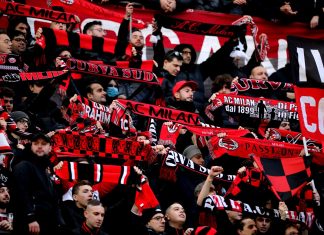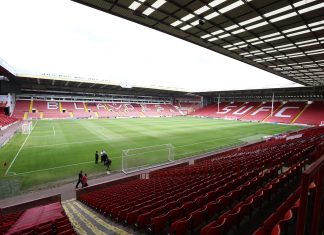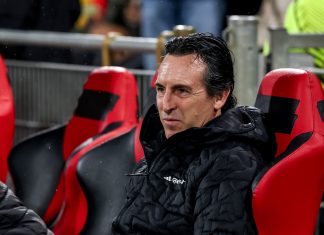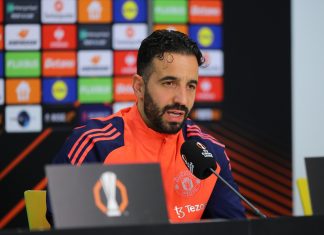Glenn Hoddle used to enjoy fielding three at the backs with full backs, but he is history, relatively speaking. Yet as the goals fly in there are good reasons why fielding a back three may work for certain teams.
For Chelsea the case is probably most pressing. Their defence has been shambolic, but let down by incompetency at full back. Jose Bosingwa and Ashley Cole have not been good enough for the most part and have left space when coming forward. That has left David Luiz and John Terry exposed for the most part. For Chelsea a move to a back three would give them an extra centre back to cope with the front threes they will often face. Against Arsenal for example, they often found themselves outnumbered by the Gervinho-Robin van Persie-Theo Walcott forward line.
By employing a three, a team can push two wide players into midfield and employ one more defensively minded central midfielder, and one attacking. With three forwards, this means that there are usually six attacking players, perhaps seven depending on the defensiveness of the opposition. If the opposition play deep and look to hit on the counter then it yields that initiative yet further. But the system is so flexible. It means that the defensive midfielder can drop into defence where necessary and create a back four, yet in possession create a kind of 3-1-6.
Arsenal could have benefited from this system when they were struggling without full backs earlier in the season. Instead of fitting two players unsuited to playing in that position, Arsenal could have played with a back three that congested the really dangerous space centrally, whilst allowing two defensively minded wide players, such as Mikel Arteta and Tomas Rosicky, to cover the wide areas. This would have had the effect of taking defensive responsibility off Theo Walcott and Alex Oxlade Chamberlain, playing ahead of Rosicky and Arteta.
Napoli of course have been the best example of a team playing with three at the back and it works very well for them. With two defensively minded central midfielders, they effectively have a back five when on the defensive, allowing them to pick up their opponents with a more flexible system than a rigid back four would offer. With two wing backs also able to drop back and defend this gives Napoli defensive solidity as well as flexibility, and they are then able to rely on the brilliant trio of Ezequeiel Lavezzi, Marek Hamsik and Edinson Cavani up front.
Marcelo Bielsa is another who has shown the benefits of the back three. His highly mobile Chile team played this way under him very successfully. Playing a back three allows you to take the game into the opposition half. His system is similar to the one Barcelona end up playing with often. Barcelona usually play with Gerard Pique and Carles Puyol assisted by Sergio Busquets in defence. Busquets effectively drops back to help defensively when Barcelona are on the attack as Dani Alves and Eric Abidal are piling forward. With Busquets in that position, it means that Barcelona can make the transition into midfield from defence easier, as he does this naturally. Then there is Xavi in front who the ball can be played to, and he has the options of Alves and Abidal, who get wide and create space centrally for Andres Iniesta, Pedro, Leo Messi and David Villa (when not injured) to exploit.
So the back three can be highly effective defensively but it is used by teams looking to play proactively and attack. It is a formation seemingly on the rise, and perhaps not a moment too soon. The back three is on the comeback.







